Spreading effect gel polishes
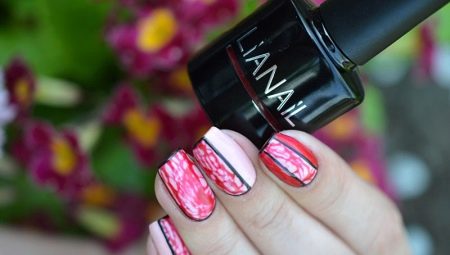
The steps of the modern nail industry are rapid. Each new season, fashion gives its fans new trends, offers fresh solutions, introduces unusual novelties of materials. One of these types of raw materials today is spreading gel polish. What is it, what is its difference from the usual technique of painting on nails "wet", how to use such a product - read in detail below.
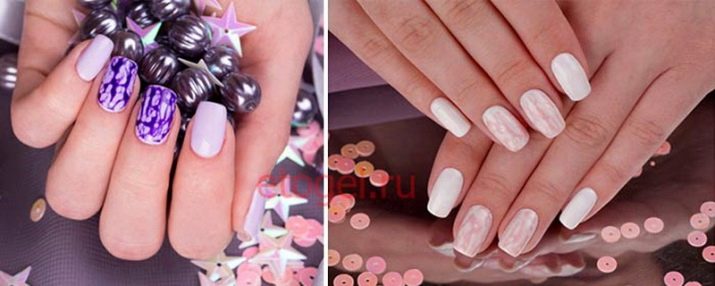
Peculiarities
The spreading varnish is a hybrid type. In fact, this is a gel polish with an accelerated spreading effect of the working mass. In another way, the type of gel polish is called "blooming varnish" or "varnish with a blooming effect." Such coatings differ from ordinary varnishes, and the technique of working with them has its own characteristics.
The technique itself resembles the principle of creating a pattern on a wet or undried basis. However, the effect of it is fundamentally different from that which is created by droplets of gel or gel polish. The method of applying the material is also different. Each drawing created with the spreading varnish will be a single one. It will not be possible to repeat it exactly, because the pigment will spread in a new way every time.
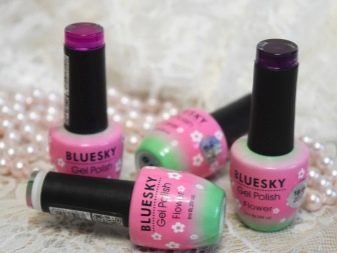
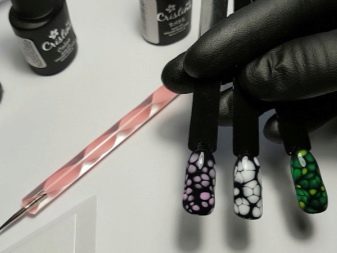
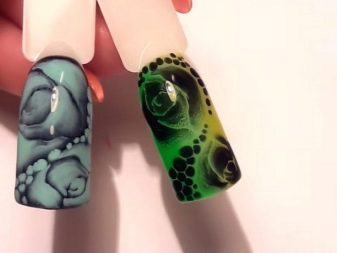
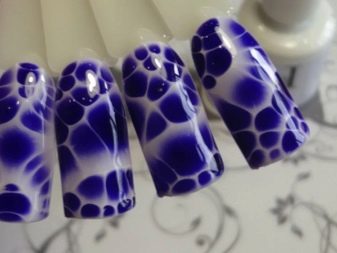
The pattern spreads on the nail until it is placed in the lamp and turned on. This feature allows you to vary the pattern while waiting for the desired result. When the artist begins to like the picture, you can dry your nails to preserve the design. After that, for greater effect, you can emphasize the contours in some places.
Due to the fact that the drop will spread in all directions at once, inside it will be more pigmented, and the drawing itself will have a unique gradient effect.At the edges of the pattern, the color of the varnish can be almost weightless and barely dyed. It is worth noting that it takes a professional master from half a minute to two to create such beauty, depending on the complexity of the selected print. Do not paint this design any longer, but decorate it with rhinestones or contour strokes of individual elements.
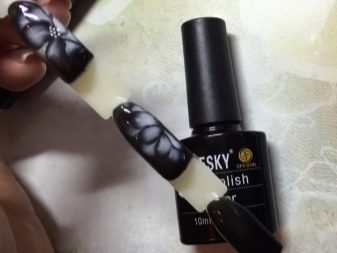
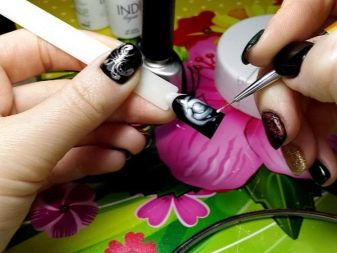

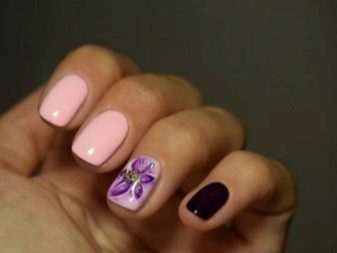
Types and shades of material
The whole point of the technique is to use special basecoats for design. Depending on the brand-manufacturer, they can have a different appearance and volume. It should be noted that some companies sell them together with pigmented products, combining them into sets. The price of such sets is quite high: 5 small bottles together can cost more than 2,500 rubles.

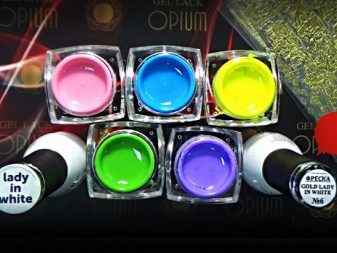
Moreover, each color of the set has its own name. (for example, for the Nika Nagel brand it is Lady in white, Lady violet). Firms that produce analogues with more affordable prices (about 240 rubles per bottle) often offer just base coatings. And if in an expensive set the base is white, which is convenient and allows you to do without additional layers of a substrate, then buying a transparent analogue allows you to significantly diversify the design.
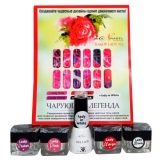
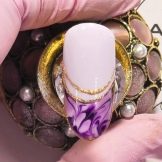


Of course, with pigmented gel polishes, you can create flowing designs on a colored base with the same white color. However, a transparent base is also an excellent solution, because the palette of spreading pigments is still small and includes only 12 shades. These are red, blue, lilac, blue-violet, black, light pink, pink-raspberry shades, fuchsia, as well as green, brown, yellow and white colors.
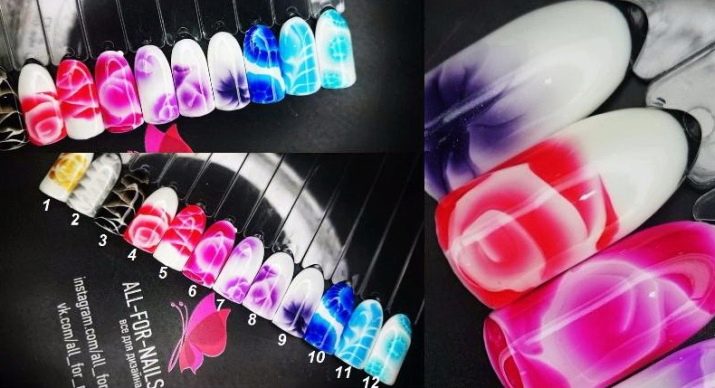
Varnish volume
Spreading gel polish has a different form of release. As a rule, the basecoat bottle is distinguished by a large volume. It is packed in 10 ml bottles. This applies to both the white and transparent design base. Pigments are produced in volumes of 7, 8 ml and 7.5 ml. For drawing, this is quite enough, since very little product is used for drawing.
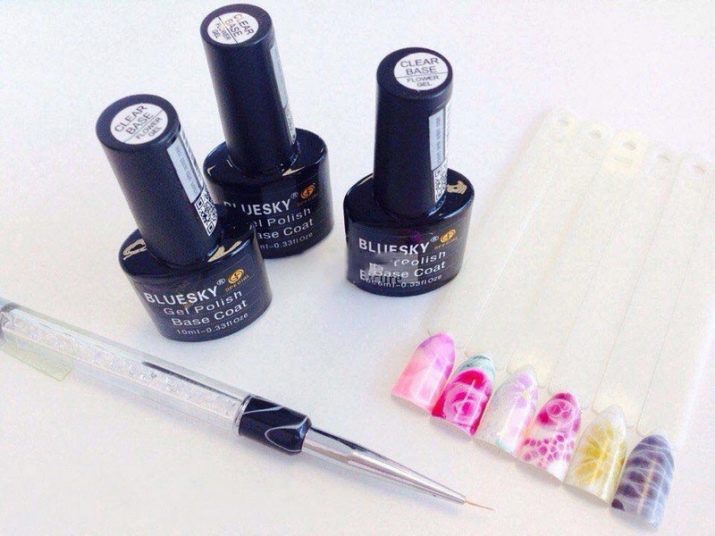
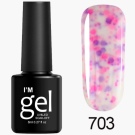
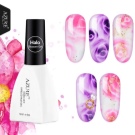
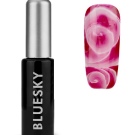
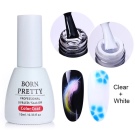
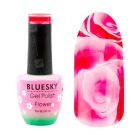
Combinations with other materials
The spreading base type can be used in conjunction with colored hybrid varnishes. Despite the fact that they do not have the desired effect, they will still spread, although not as much as special pigments from the same series with base coats. This opens up a lot of possibilities for nail design, because you can use all the gel varnishes that are available. As for working with helium paints, professionals note: they spread worse, and therefore it is often not possible to achieve the desired result.
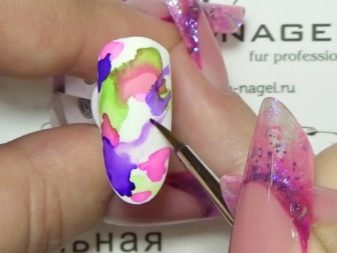

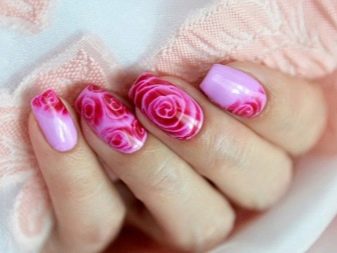
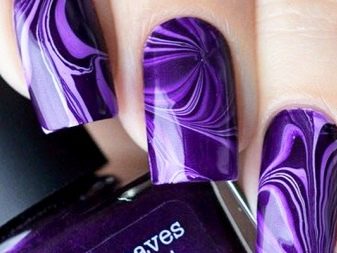
What can you draw?
One of the most popular themes for spreading varnish is flowers. Moreover, they can be very diverse. These are individual petals, flowers, and sometimes half-open buds. The flower can occupy some part of the nail or its entire area.
Using coatings with a spreading effect, you can make prints that imitate the texture of natural stones. Few people would think that to create malachite it is enough to mix tones with each other, observing the effect they create in a matter of seconds. If you want something extraordinary, you can try to create various abstractions. For this, foil is often used, as well as painting on contours.
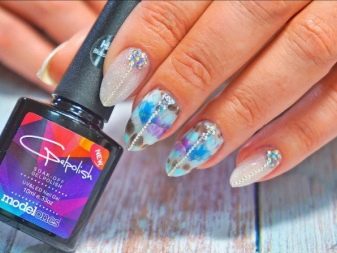

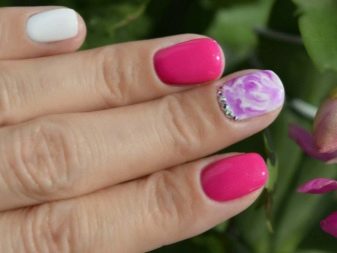
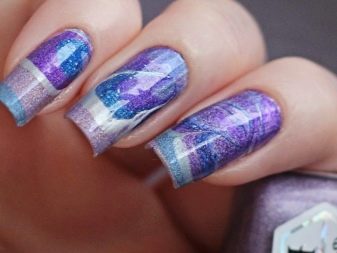
The essence of technology
The principle of working with special varnishes does not differ from the standard technology of manicure with gel varnish. They also prepare the nails, remove the cuticle and pterygium, and, if necessary, strengthen the worn out nail plates or increase the length. A mandatory fact is the need to use a special drying lamp. In addition, to increase the adhesion of the nail with all applied layers, you will have to remove the gloss from the nails and treat them with a primer.
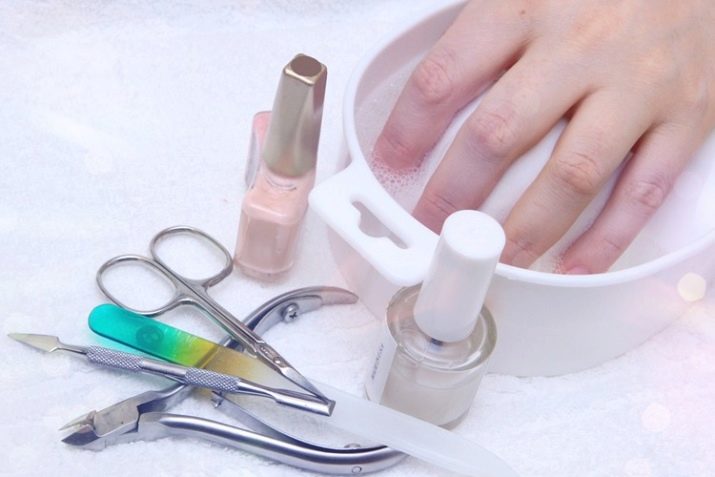
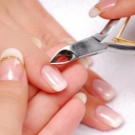
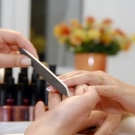
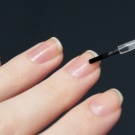


Only the base is needed for the design.And if you plan to create a drawing on a colored background, you will first have to use a regular base coat, then a pigment, and then a special base with a spreading effect. The drawing is dried once or twice in the process of creation. It depends on its complexity and the desired effect. After the base with the spreading effect has taken its final shape, the image is decorated with rhinestones, broths, and contours are painted on. The final stage of the manicure is to seal the design with a top.
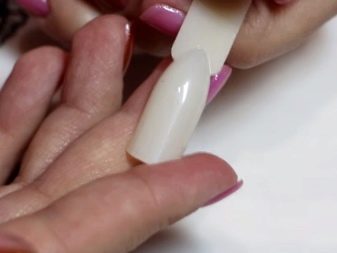
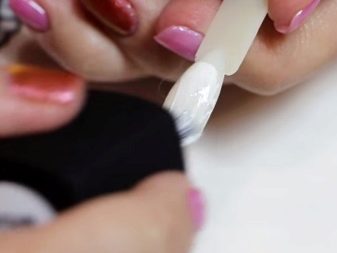


How to use?
It must be understood that not a single drop, even the smallest, applied to a spreading base will remain unchanged. You will have to work quickly, because the slowdown is fraught with late application of paints and lines. You need to use thin brushes of different lengths for the design, as well as dots. As for the lines themselves and hand movements, everything will depend on which drawing the master chose.
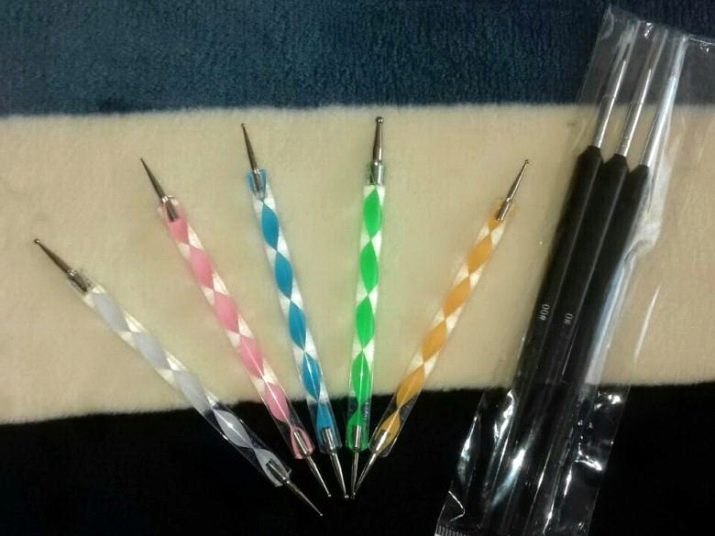
If it is a rose, it is drawn on the basis of ordinary commas, surrounding the center with them and increasing the size of the flower itself. They put a point in the center and immediately draw a tail from it with a comma. Further, they slightly retreat from the edge of the sprawling flower and draw another comma. As a rule, the whole process will take less than a minute. Therefore, the paint is prepared in advance by dropping it, for example, onto an impromptu palette made of ordinary food foil.
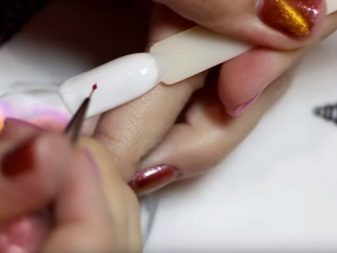
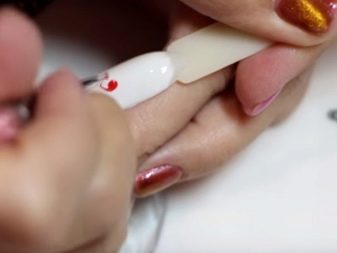
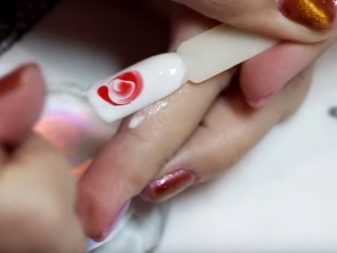
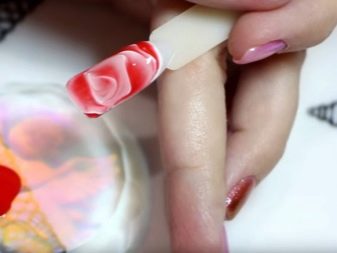
Lilies or irises are painted differently. To do this, in the center of the nail, a semblance of a snowflake of five rays is drawn using a thin brush. While the pigment is spreading, and the snowflake itself turns into a luxurious and delicate flower with dark veins and a rich center, they collect paint for other petals and create several more lines between the first petals with almost weightless strokes. They will immediately begin to spread, and therefore the artist will have to quickly remove the brush and place the design in the lamp to stop the blooming effect.
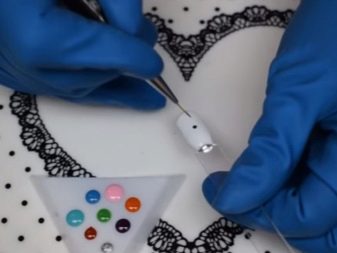

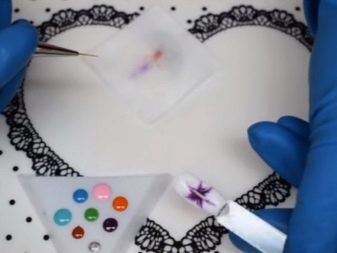
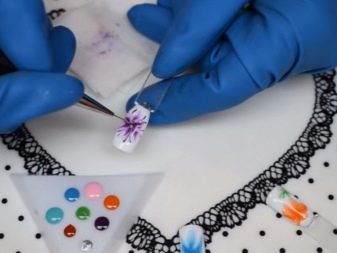
For information on how to perform a manicure with spreading gel varnishes, see the next video.








